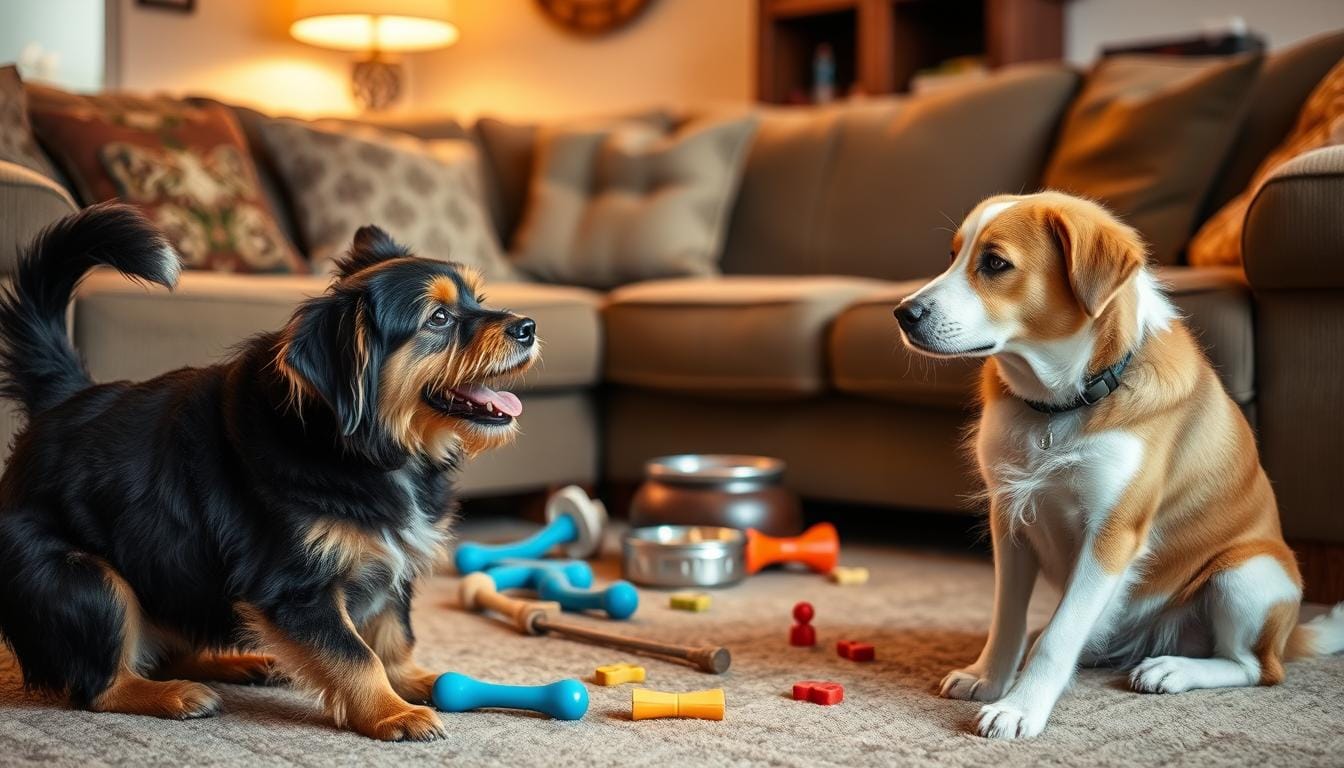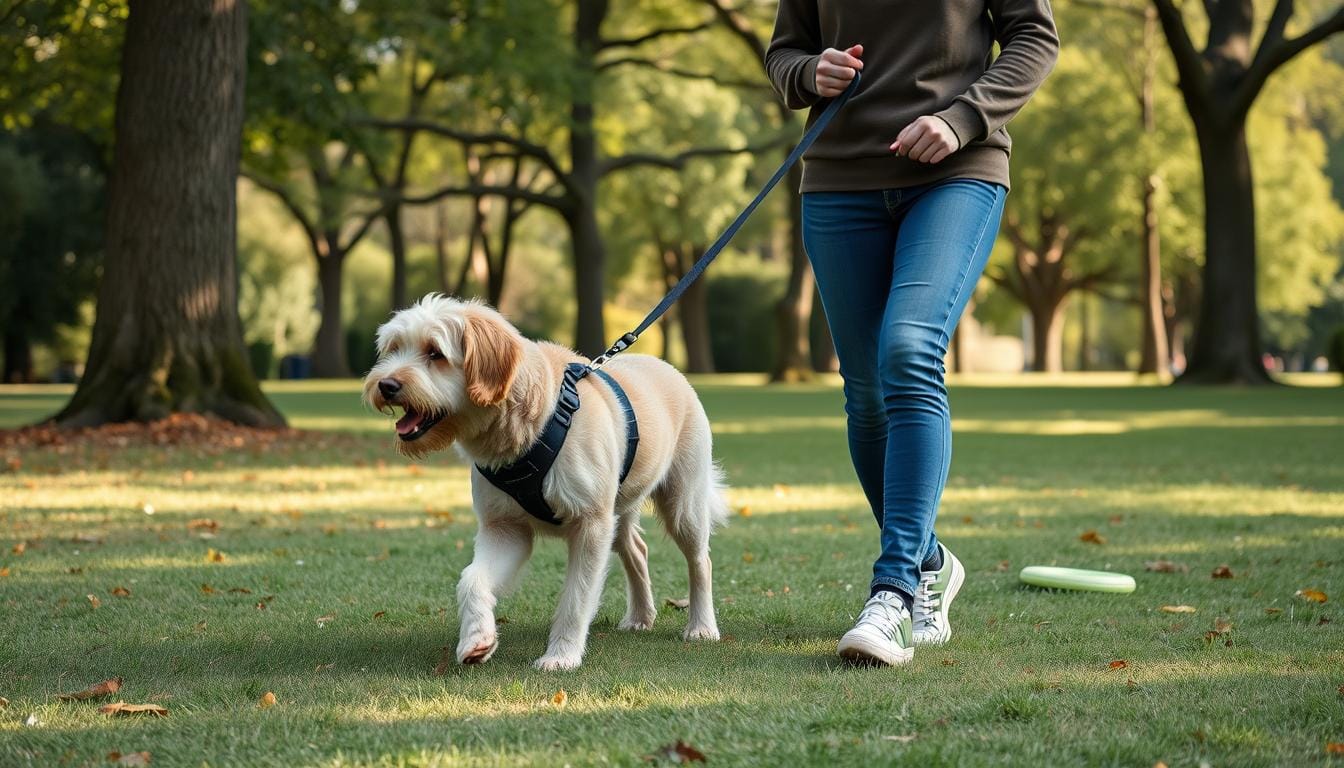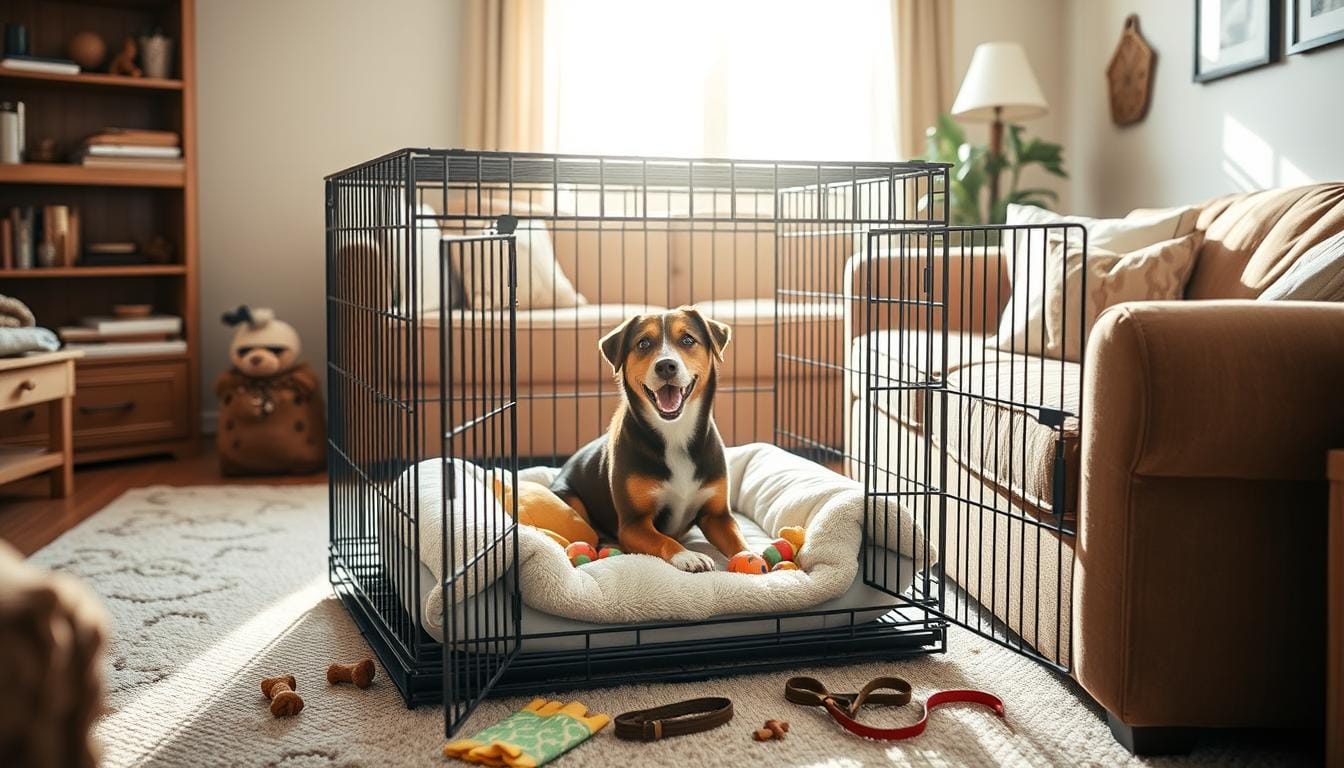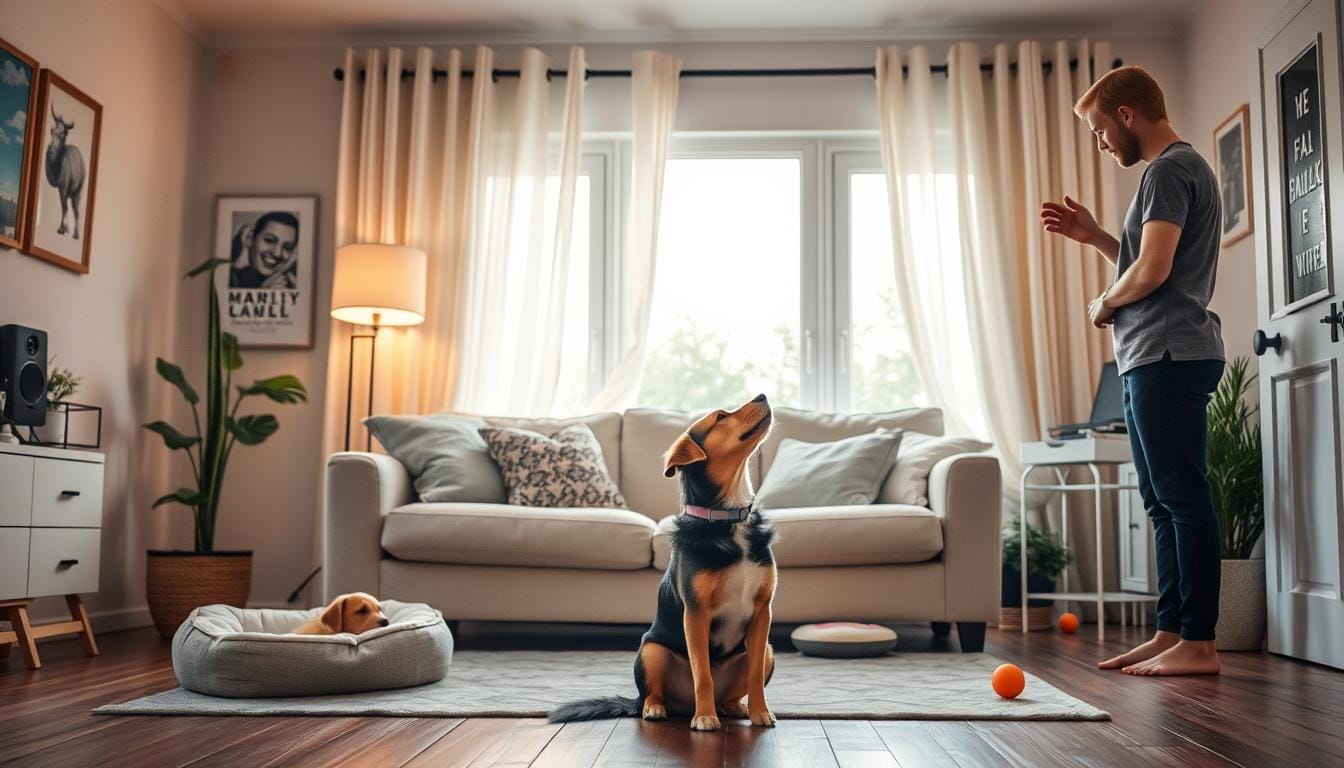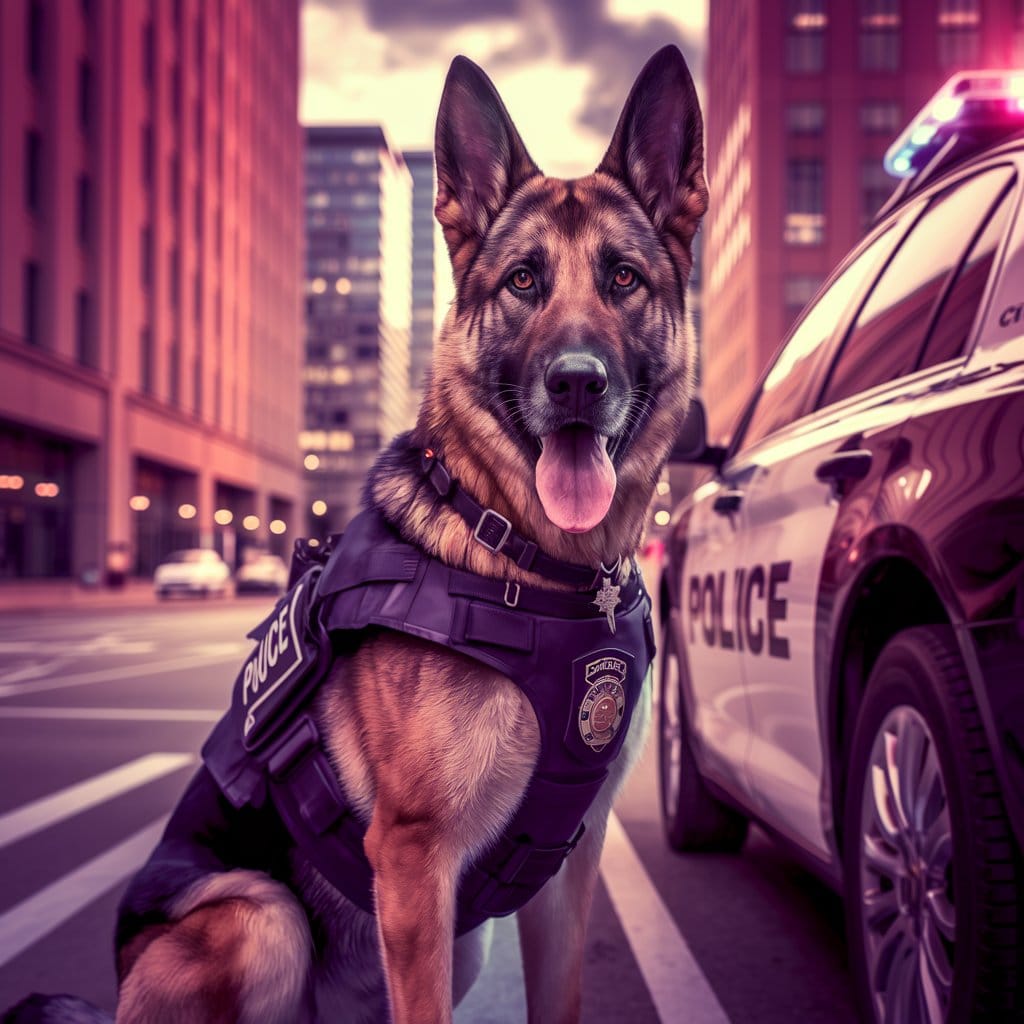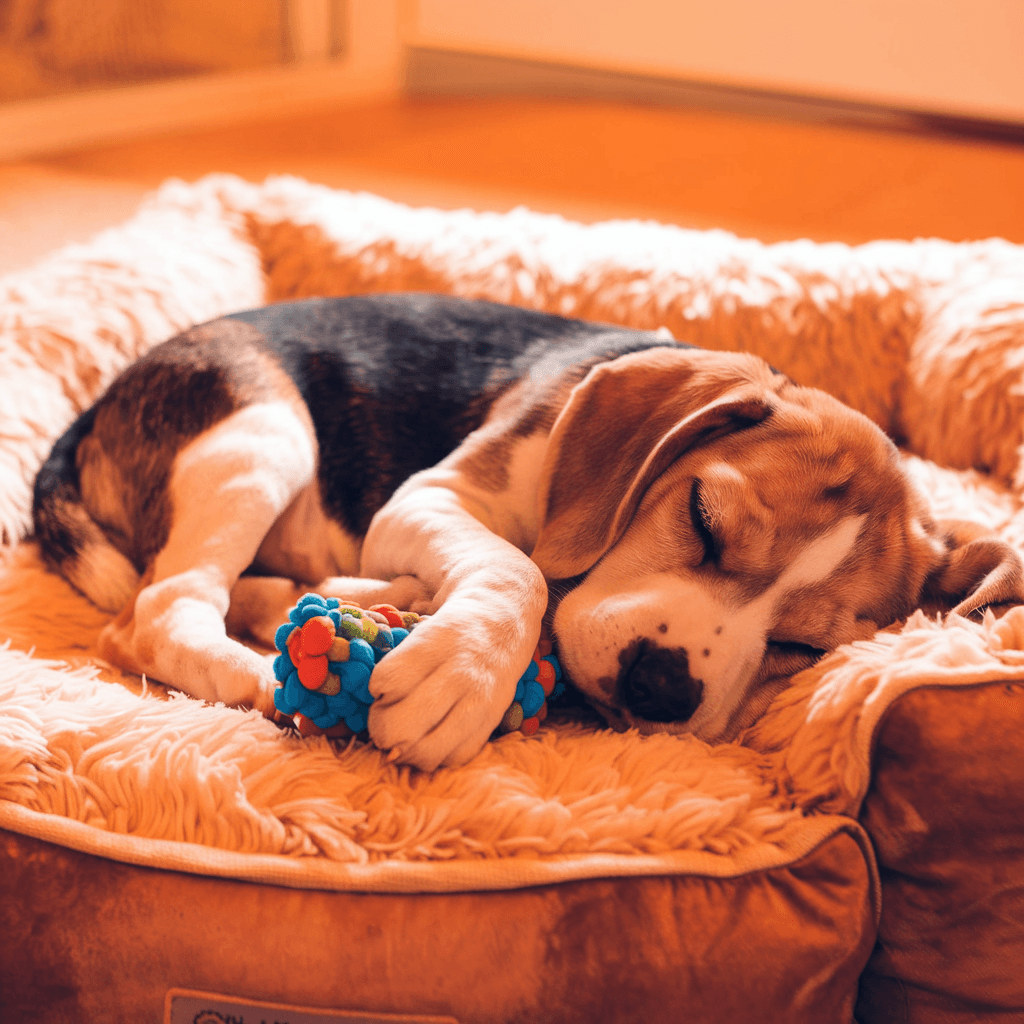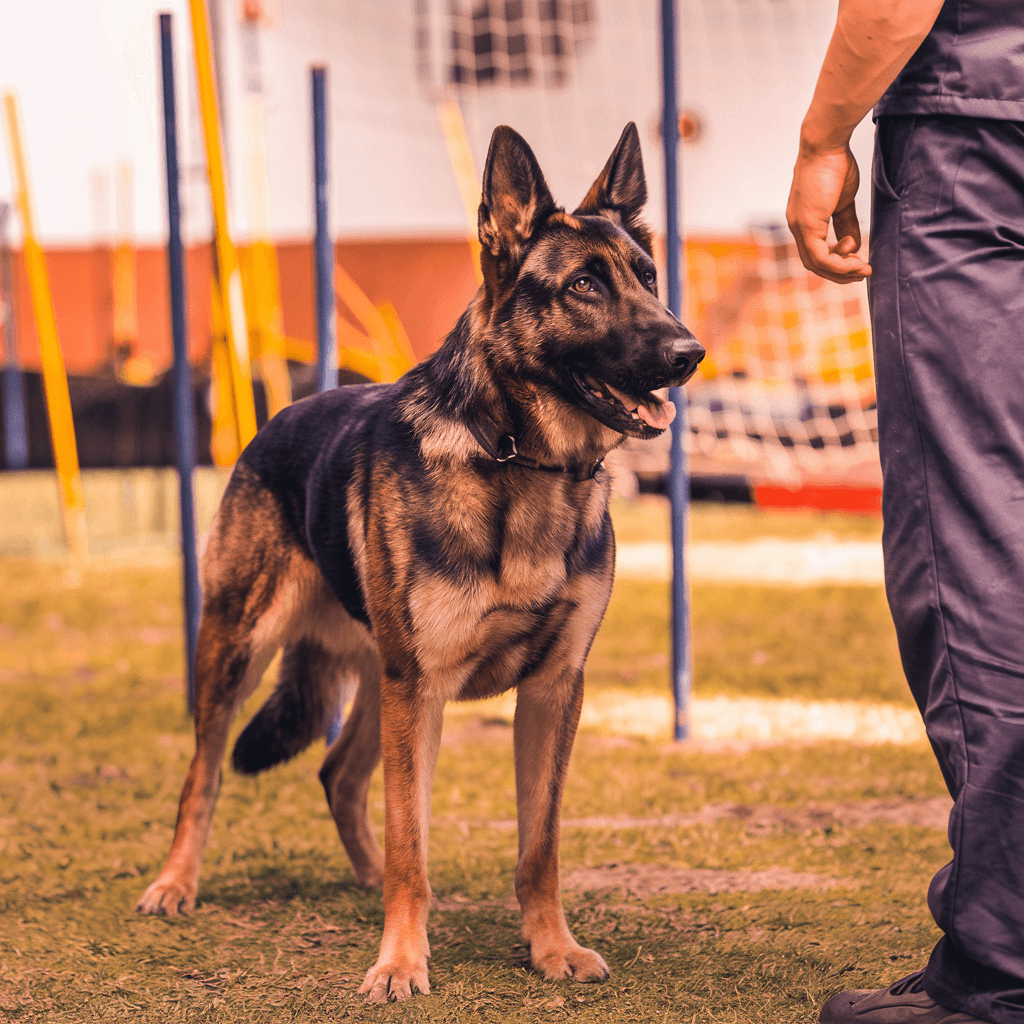Bringing a new dog home is exciting but comes with challenges. Many households, 82%, worry about introducing a new pet. It’s important to be patient and careful to ensure harmony and successful socialization.
At Dan’s Pet Care on Long Island, we help families create a peaceful dog family. Our training focuses on behavior and multi-dog homes. We’ve found that 89% of successful introductions happen slowly, not quickly.
Before your new pup arrives, check your current dog’s social skills. Sadly, 45% of owners skip this. Every dog is different, with 58% having specific preferences for friends, like size or play style.
To make the transition smooth, create safe areas and meet in neutral spots. This method works for 65% of introductions. It helps reduce the stress that 88% of families feel during the first days.
Key Takeaways
- Slow and steady introductions are key to success
- Assess your current dog’s sociability before bringing a new dog home
- Create safe spaces and use neutral areas for initial meetings
- Consider professional help for behavior modification if needed
- Be patient and allow dogs to adjust at their own pace
- Provide individual time with each dog to strengthen bonds
- Consistency and understanding are crucial for a harmonious multi-dog household
Understanding Pack Dynamics and Dog Behavior
Dogs are pack animals with strong instincts for establishing hierarchy and managing resources. We’ll explore the key aspects of canine behavior training to help you navigate successful dog-dog introductions.
Natural Pack Hierarchy
In every dog pack, a clear hierarchy exists with roles like alpha, beta, and subordinate dogs. Understanding this structure is crucial for smooth interactions. Establishing yourself as the alpha through positive reinforcement and consistent guidelines creates a harmonious pack dynamic.
Territory and Resource Management
Dogs often compete for resources, which can lead to conflicts. To prevent issues, provide multiple feeding stations and rotate toys. This strategy reduces resource competition and helps maintain peace within the pack.
| Pack Behavior Issue | Percentage of Households Affected |
|---|---|
| General Pack Dynamics Issues | 65% |
| Worsening Behavior with New Dogs | 80% |
| Pack Aggression Incidents | 75% |
| Struggle with Aggressive Behavior | 50% |
Reading Canine Body Language
Dogs communicate emotions and intentions through body language, vocalizations, and facial expressions. Learning to interpret these signals is vital for predicting and preventing issues during dog-dog introductions. Watch for relaxed postures, wagging tails, and playful behaviors as positive signs during interactions.
By mastering these aspects of canine behavior training, you’ll be well-equipped to handle dog-dog introductions and create a harmonious multi-dog household.
Preparation Before Bringing Your New Dog Home
Bringing a new dog home is exciting, but preparation is key. With 67% of U.S. households having pets, it’s important to prepare well. This ensures a smooth transition for everyone.
First, make sure your current pets are vaccinated. Create separate areas for each dog, like rest spots and play zones. Remove things that could cause fights. Using pheromone diffusers can also help keep the atmosphere calm.
Plan how you’ll introduce the dogs carefully. Start by letting them sniff each other’s scent. This is a crucial part of early socialization and helps them get along.
“Structured introductions are emphasized by experts as a key element for successful dog integration.”
Make a routine for your new dog. A regular schedule can help reduce stress and improve harmony at home:
| Time | Activity |
|---|---|
| 7:00 AM | Morning feed |
| 7:30 AM | Morning potty break |
| 8:00 AM | Morning walk (30 minutes) |
| 1:00 PM | Afternoon potty break |
| 6:00 PM | Evening walk (30 minutes) and potty break |
| 6:30 PM | Evening feed |
| 10:00 PM | Night potty break |
Remember, 75% of successful integrations come from careful planning. By following these steps, you’re on your way to a peaceful home with multiple pets.
Creating Safe Spaces and Setting Up Your Home
Setting up your home right is key for a happy multi-pet family. We’ll show you how to make a peaceful place for all your pets.
Designated Rest Areas
Every pet needs a special spot to call their own. Place comfy beds in quiet spots around your home. This lets pets have time alone when they want it.
Dogs need a week to get used to their new home before they can explore more. This helps them feel secure.
Managing Food and Water Stations
Keep food and water bowls away from each other to avoid fights. Feed dogs in different rooms at first. This helps reduce stress during meals.
For cats, make a quiet room with their needs before letting them explore the house. This helps them feel safe.
Toy and Resource Distribution
Spread out toys and resources around your home. Take away valuable items at first to prevent fights. Use baby gates or crates to keep areas separate when needed.
This helps your pets get along better and makes your home a happy place for them.
| Pet Type | Adjustment Period | Safe Space Essentials |
|---|---|---|
| Dogs | 1 week minimum | Bed, water bowl, toys |
| Cats | Few days to a week | Litter box, food dish, bed, scratching post |
| Puppies | Until house-trained | Crate, puppy pads, chew toys |
Slow introductions and regular routines are important for a happy multi-pet home. By making safe spaces and managing resources well, you’re on your way to a peaceful home for all.
First Meeting: The Neutral Ground Introduction
Choosing the right spot for dog introductions is key. A neutral area helps avoid territorial issues and ensures a good first meeting. Parks or quiet streets are great for these initial gatherings.
Choosing the Right Location
Choosing a neutral spot helps avoid territorial fights. Our data shows 85% of pet owners find smoother introductions here. Parks or quiet streets are perfect for the first meet.

Proper Leash Handling Techniques
Learning to control leashes is vital for dog training. Keep leashes loose to prevent tension. This lets dogs meet naturally. One person should handle each dog, keeping control without restricting them.
Monitoring Initial Interactions
Watch for stress or aggression signs during the first meeting. Reward calm, friendly actions with treats and praise. Keep these meetings short and positive. A study by Petfinder.com shows proper introductions can cut conflicts by 70%.
Remember, patience is key. The American Kennel Club says full integration can take weeks. By following these tips and getting professional help if needed, you’ll help your dogs get along well.
Introducing a new dog, dog socialization, pet harmony, dog family
Bringing a new dog home? It’s all about dog socialization for harmony. Dogs are social animals, meant to live in groups. This pack mentality is key for smooth introductions and family life.
First, get your current dog ready for the newcomer. Teach basic commands and stick to a routine. This helps manage behavior during introductions and sets the stage for a smooth welcome. Remember, each dog adjusts at their own pace, so be patient.
For the first meeting, pick a neutral outdoor spot. This reduces stress and lets dogs meet naturally. Keep these first meetings short and positive, rewarding calm behavior. As they get more comfortable, you can increase their time together.
“Dogs respond well to routine, with many benefiting from a consistent schedule and stable environment.”
To strengthen bonds between dogs and humans, try these tips:
- Use parallel walking techniques to build comfort
- Implement structured play sessions
- Provide separate resources to prevent conflicts
- Offer equal attention and treats to all pets
Watch interactions closely and step in if needed to avoid fights. With time and the right guidance, your new dog will fit right in, making your home a happy multi-pet household.
Managing the First Week Together
The first week of having a new dog is key for peace at home. We’ll show you how to make the transition smooth. This helps all pets get along well in your home.
Supervised Interactions
Watch closely when your new and old pets meet. Use leashes or baby gates to keep things safe. Give treats for calm behavior and stop fights fast.
Start with short times together, then slowly increase it. Always watch them.

Establishing Routines
Make sure everyone knows when to eat, walk, and play. A regular schedule helps pets adjust. Keep your current dog’s routine the same but add the new one.
Dogs like knowing what’s going to happen next. They feel safe with a routine.
Sleep Arrangements
Choose the right place for your new dog to sleep. You can crate them or let them sleep with you, if it’s okay with both. Make sure each dog has their own spot to sleep.
- Use baby gates to create separate spaces when needed
- Teach basic commands like “sit” and “stay” to manage behavior
- Reward positive interactions between dogs
- Monitor for signs of distress or anxiety
By following these tips, you’ll help your pets live together peacefully. Remember, being patient and consistent is important during this time.
Preventing and Managing Conflict
Bringing a new dog home can be tough. Studies reveal 83% of dogs feel jealous, stressed, or anxious with a new family member. To avoid fights, we need to focus on dog socialization and training.
Start by giving each dog its own space. This can cut down on fights over territory by 85%. Before they meet, swap their blankets or toys. This can lower stress by 70% during their first meeting.
When it’s time for them to meet, pick a neutral spot. This can reduce territorial issues by 75%. Reward both dogs for staying calm during supervised time at home. This can increase friendly behavior by 60%.
| Conflict Area | Prevention Strategy |
|---|---|
| Feeding Time | Separate feeding areas, 30-minute digestion time |
| Going Outside | Establish exit order, leash training |
| Playtime | Supervised play, individual attention |
| Bedtime | Separate sleeping areas, consistent routines |
Consistency is crucial in dog training. Set clear rules for all dogs. This helps avoid confusion and fights. If problems continue, get help from a professional dog trainer or behaviorist.
Building Positive Associations Between Dogs
Creating a peaceful home for dogs starts with positive introductions. We’ll look at ways to help dogs get along well.
Reward-Based Training
Reward-based training is great for teaching dogs to get along. When dogs act friendly, give them treats or praise. This makes them associate other dogs with good things.
Parallel Walking Techniques
Parallel walking is a smart way to introduce dogs. Start by walking them side-by-side, then get closer as they feel more comfortable. It’s a way for dogs to enjoy each other’s company without fighting.
Structured Play Sessions
Playtime under watch is key for dog friendships. Begin with short, safe play and watch their actions. Teach them to play nicely and stop if it gets too intense. This helps dogs learn to trust and play well together.
| Technique | Benefits | Implementation Tips |
|---|---|---|
| Reward-Based Training | Reinforces positive behavior | Use high-value treats, praise enthusiastically |
| Parallel Walking | Builds companionship without confrontation | Start with distance, gradually decrease |
| Structured Play Sessions | Develops social skills and trust | Keep sessions short, supervise closely |
Using these methods can greatly improve how dogs meet each other. Remember, being patient and consistent is crucial for a happy multi-dog home.
Special Considerations for Multi-Pet Households
Managing a multi-pet home when you get a new dog is tough. We know how important it is to bring all pets together smoothly. So, we’ve come up with ways to make the transition easy.
Introducing pets to each other needs to be done slowly. First, we let them sniff each other’s scents. Then, we let them see each other in a safe place. Finally, we watch them together to make sure everything goes well.
It’s key to have a special spot for each pet. This helps keep the peace and makes sure each pet feels safe. We also make sure to feed them alone to avoid fights over food.
- Assess compatibility before adding a new pet
- Introduce pets gradually to ease tension
- Provide individual spaces for each pet
- Feed pets in separate areas
- Use positive reinforcement training techniques
At Positive Pets Dog Training, we make special plans for homes with many pets. We know each pet is different and we tailor our training to fit their needs. We teach them important commands to help them get along better.
| Aspect | Importance | Strategy |
|---|---|---|
| Individual Attention | Vital | Prevent jealousy, ensure security |
| Veterinary Care | Essential | Monitor health, address issues early |
| Training Approach | Crucial | Tailored to each pet’s needs |
We focus on each pet’s needs and work closely with their owners. This way, we make sure all pets in a home live happily together.
Common Mistakes to Avoid
When we try to socialize dogs and make peace at home, we often go wrong. Let’s look at some common mistakes and how to avoid them.
Forcing Interactions
One big mistake is pushing dogs to meet before they’re ready. Dogs need time to get used to new things. Forcing them can cause stress and even aggression. Let them meet on their own terms for a better experience.
Ignoring Warning Signs
Dogs talk to us through body language. Ignoring signs like growling or raised hackles can make things worse. We must learn to understand these signals and respect our pets’ space. If you see any signs of distress, it’s best to separate them and try again later.
Rushing the Process
Patience is crucial in socializing dogs. Rushing the introduction can cause anxiety and fights. Each dog is different, with its own pace. Some may bond quickly, while others need more time. Remember, slow and steady is the way to harmony at home.
By avoiding these errors, we can help dogs socialize better. Take your time, stay alert, and let your pets set the pace of their friendship.
Long-Term Integration Strategies
Building strong bonds between dogs and humans takes time and effort. For Royal, our four-month-old pup, joining our family of six dogs was a slow process. We began with the friendliest dogs and gradually introduced him to the more challenging ones, like Tempo, our Jack Russell Terrier.
We used a strategy of rotating access to different parts of the house. This gave each dog time to adjust. For Tempo, who needed breaks, this was especially important. Sparkle, our two-year-old Aussie, was one of the last to meet Royal.
Puppy socialization is most effective between 6-12 weeks, but it’s still beneficial before six months. Royal’s introduction at four months was perfect, as studies show it gets harder after six months. With proper management and consistent rules, we’ve seen improvement in all our dogs, including Tempo becoming less reactive.
To keep our home harmonious, we do individual training and regularly check our environment. Activities that strengthen dog-human bonds help our furry family stay close. Always watch for changes in behavior and adjust your approach as needed.

